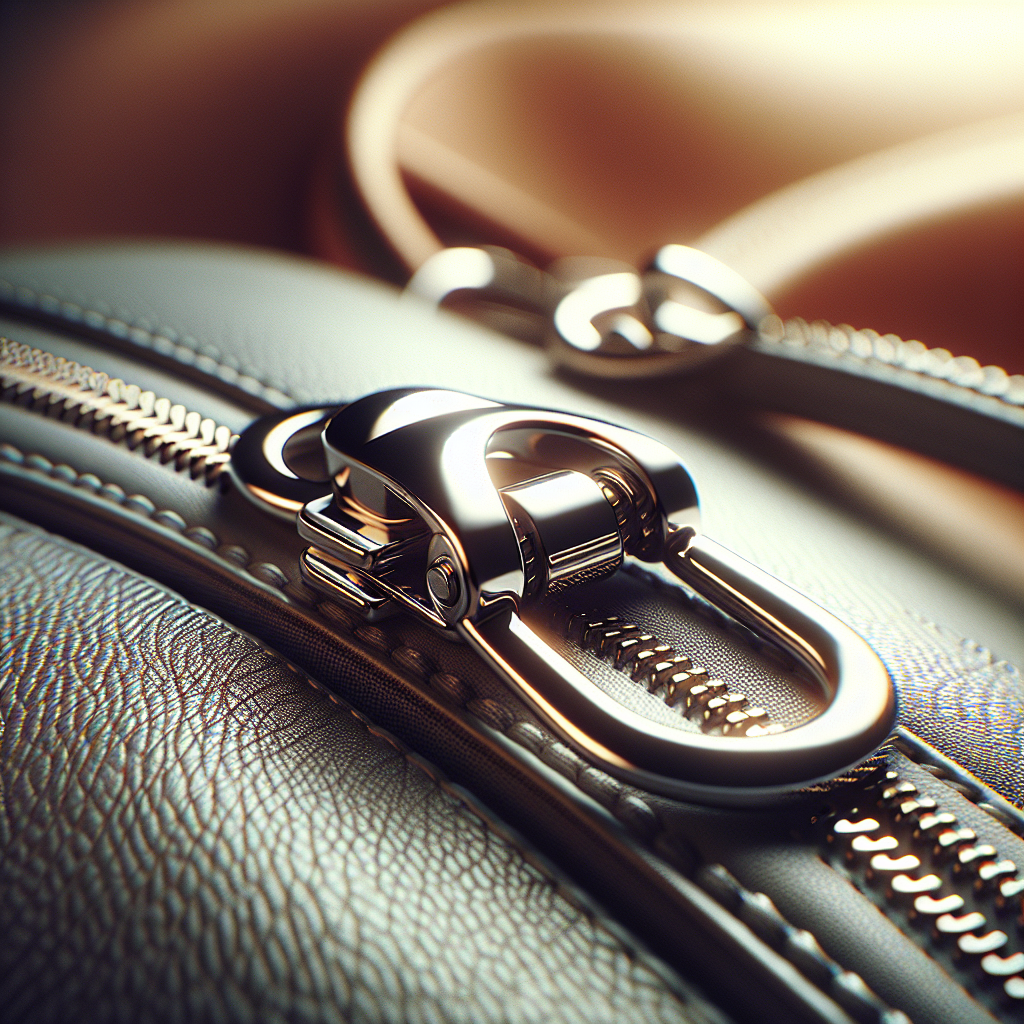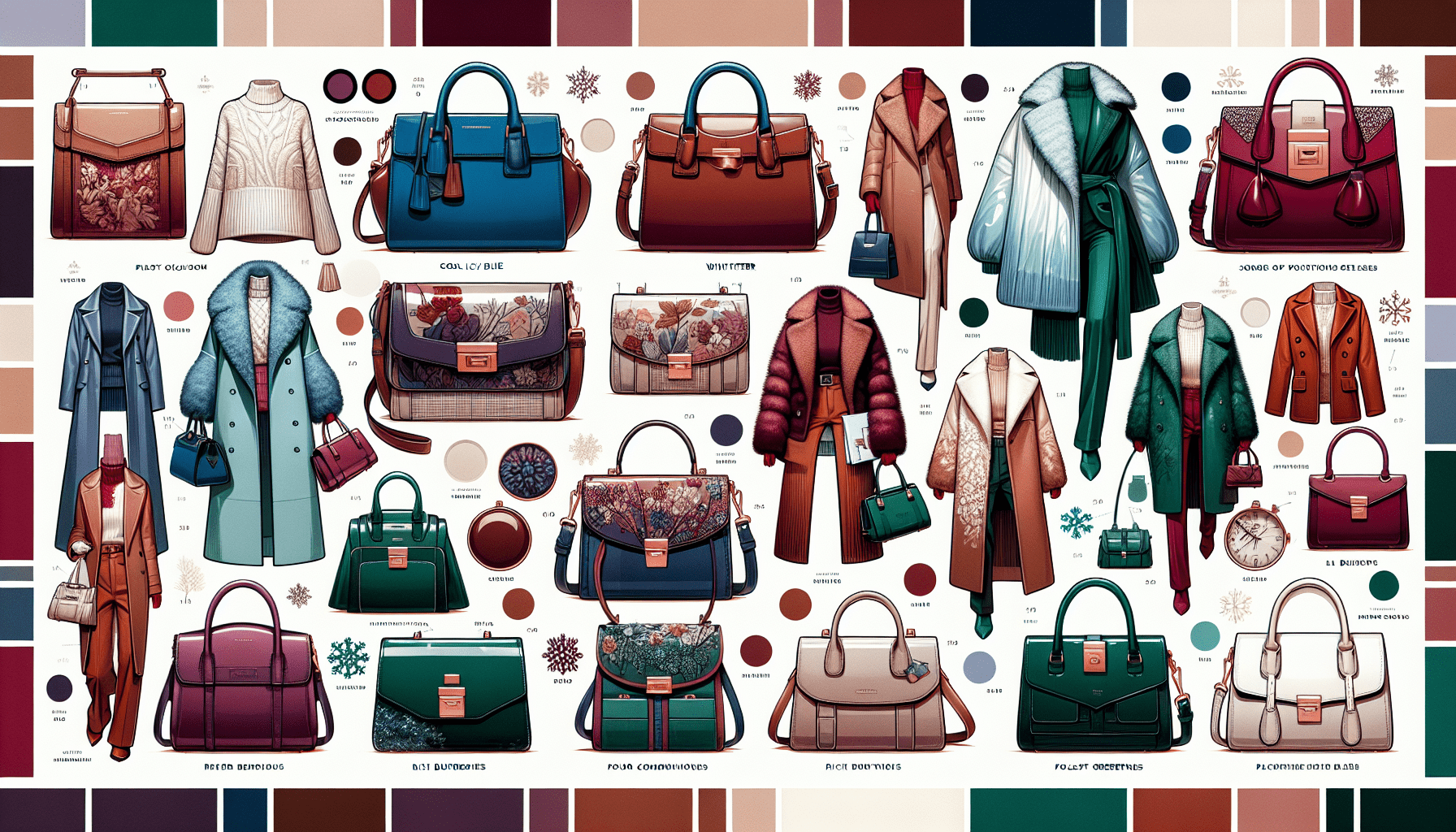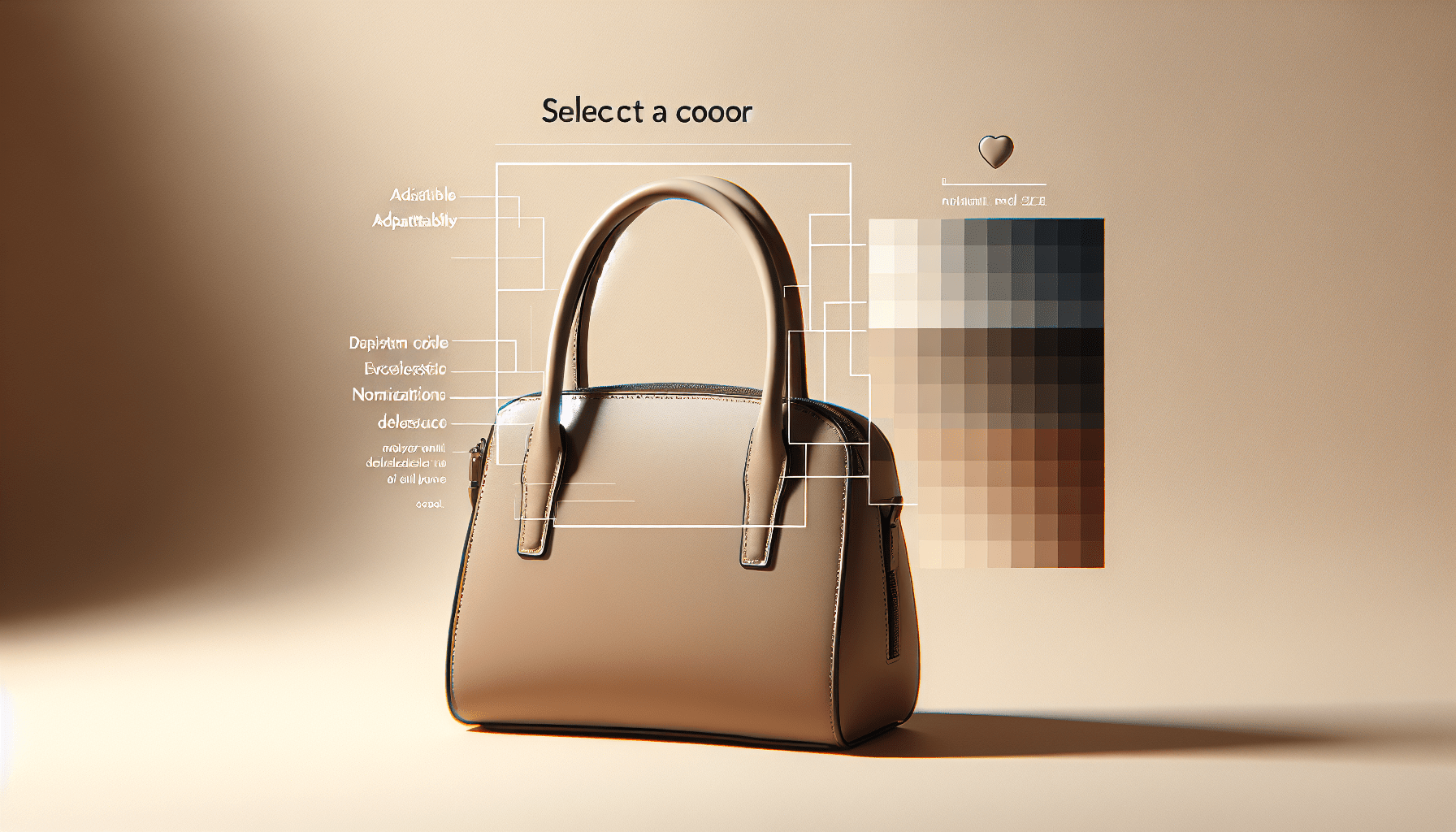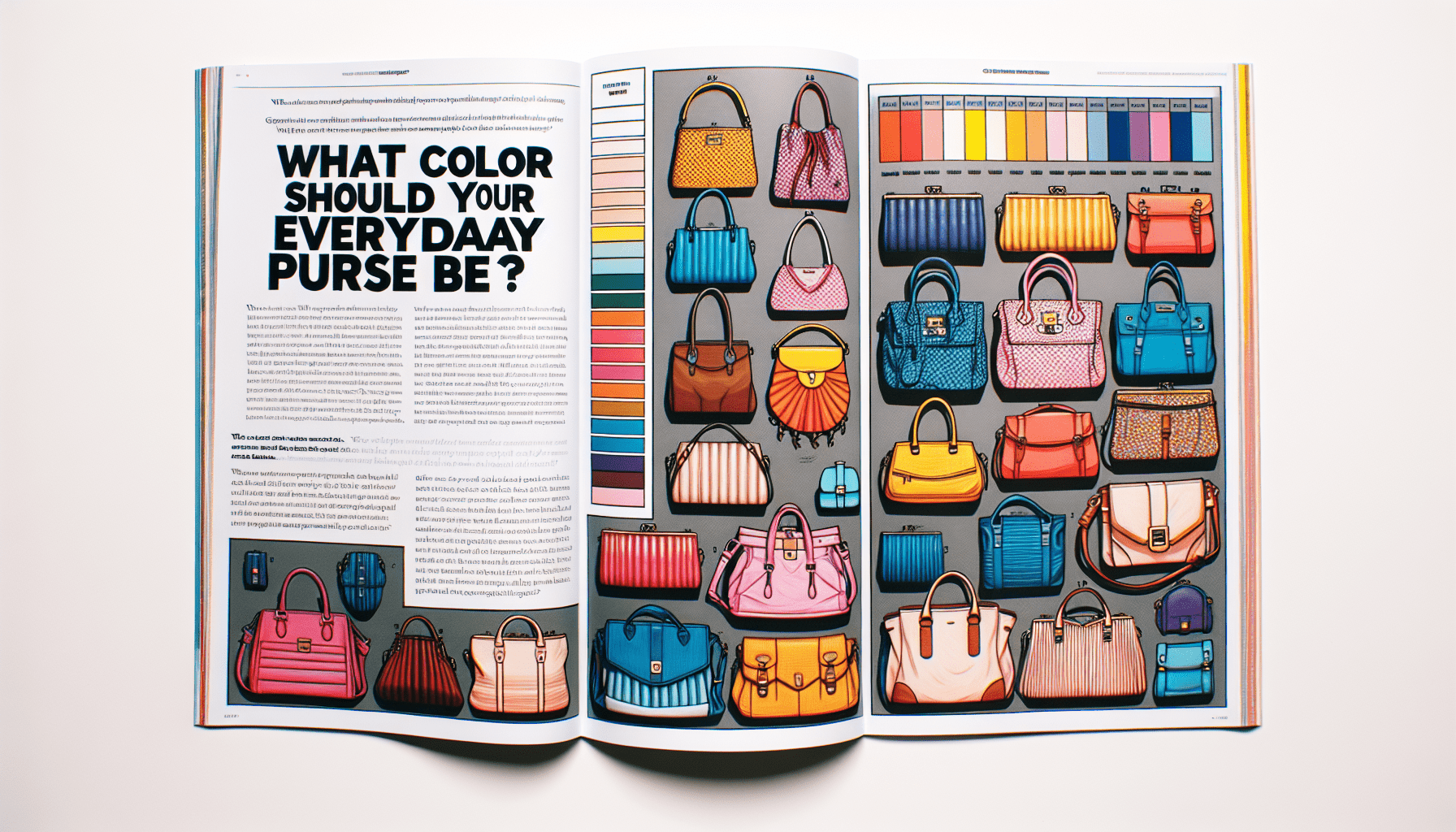How To Measure A Handbag
Imagine you’ve just found the perfect handbag online, but you’re unsure if it’s the right size for your needs. Don’t worry, measuring a handbag is easier than you might think! In this article, we’ll guide you through simple steps to help you accurately measure a handbag, ensuring you make the right purchase decision. From measuring the length and width to determining the strap drop, we’ve got you covered. By the end, you’ll be equipped with the knowledge to confidently buy that dream handbag, knowing it’s the perfect fit for you.
1. External Measurements
When it comes to choosing the perfect handbag, one of the first things you need to consider is its external measurements. These measurements are crucial as they determine the overall size and shape of the bag. Here are the key external measurements to consider:
1.1 Length
The length of a handbag refers to its horizontal measurement from one side to the other. It is important to consider the length of the bag as it determines how much space you have to work with. A longer length may allow for a larger main compartment or more interior pockets, while a shorter length may make the bag more compact and easier to carry.
1.2 Width
The width of a handbag refers to its vertical measurement from top to bottom. This measurement is important as it determines how much depth the bag has. A wider width can provide more space for your belongings, while a narrower width may result in a slimmer and more streamlined silhouette.
1.3 Height
The height of a handbag refers to its vertical measurement from the base to the top. It is crucial to consider the height of the bag to ensure that it can accommodate your essentials comfortably. A taller height may provide more room for larger items, while a shorter height may be more suitable for a minimalistic and compact style.
1.4 Depth
The depth of a handbag refers to its measurement from the front to the back. This measurement is important as it determines how much space there is inside the bag. A deeper depth can allow for more items to be stored, while a shallower depth may result in a more slimline and compact design.
1.5 Drop Length
The drop length of a handbag refers to the distance between the top of the straps or handles and the top of the bag. This measurement is crucial as it determines the comfort and ease of carrying the bag. A longer drop length may make it easier to carry the bag over your shoulder, while a shorter drop length may make it more suitable for carrying in your hand or on your forearm.
2. Internal Measurements
Now that you have an understanding of the external measurements, let’s dive into the internal measurements of a handbag. These measurements are essential to evaluate the practicality and functionality of the bag. Here are the key internal measurements to consider:
2.1 Main Compartment
The main compartment of a handbag refers to the central storage area where you will keep your belongings. It is important to consider the size and dimensions of the main compartment to ensure it can accommodate your essentials. A larger main compartment may be suitable for those who carry multiple items, while a smaller main compartment may be more suitable for those who prefer a minimalistic approach.
2.2 Interior Pockets
Interior pockets are smaller compartments within the handbag that offer additional storage and organization options. The number and size of interior pockets can vary, so it’s important to consider how many pockets you need and what sizes would be most useful to you. Some interior pockets may have specific purposes, such as a designated pocket for a cellphone or a zippered pocket for smaller, valuable items.
2.3 Interior Dividers
Interior dividers are partitions within the main compartment of a handbag that help organize and separate your belongings. These dividers can be particularly useful if you carry items that need to be kept separate, such as a laptop and its charger. Consider whether you prefer a handbag with or without interior dividers based on your organizational needs.
2.4 Zipper Pockets
Zipper pockets are enclosed compartments within a handbag that provide secure storage for valuable items or things you want to keep separate from the main compartment. These pockets are often located on the interior or exterior of the bag and are useful for storing items like keys, wallets, or passports. Consider the number and size of zipper pockets you need based on your security and storage requirements.
2.5 Slip Pockets
Slip pockets, also known as open pockets, are compartments within a handbag that are not enclosed with a zipper. These pockets offer convenient access to items and can be useful for storing things like your phone, sunglasses, or a small notebook. Consider the number and size of slip pockets you require for easy and quick access to frequently used items.
3. Closure Types
The closure type of a handbag refers to the mechanism that keeps the bag securely closed. The closure type not only affects the security and accessibility of your belongings but also contributes to the overall style and functionality of the bag. Here are the different closure types to consider:
3.1 Zipper Closure
A zipper closure is one of the most common and secure closure types for handbags. It provides full enclosure and protection for your belongings, preventing them from falling out or being exposed to the elements. Zipper closures usually run along the top or sides of the bag and can be opened or closed by pulling a zipper tab. This closure type is ideal for those who prioritize security and organization.
3.2 Magnetic Closure
A magnetic closure relies on magnets within the bag’s flaps or edges to hold the bag closed. This closure type is often found on flap-style handbags and offers easy access to the main compartment. While magnetic closures may not provide as much security as zippers, they can be convenient for quick and effortless access to your belongings.
3.3 Flap Closure
A flap closure is a popular choice for handbags that adds a stylish and sophisticated touch. This closure type involves a flap that folds over the main compartment and may secure with a clasp, button, or magnetic closure. Flap closures are often seen on crossbody bags and messenger bags, providing easy access to the interior while adding an element of elegance to the overall design.
3.4 Drawstring Closure
A drawstring closure involves pulling the strings tight to secure the bag shut. This closure type is common on backpacks and bucket-style handbags. Drawstring closures offer a more casual and relaxed look while allowing for easy access to the contents inside. They may not provide as much security as zippers or flap closures, but they can offer a unique and versatile style.
3.5 Snap Closure
A snap closure, also known as a magnetic snap closure or a press stud closure, involves fastening the bag shut by pressing the sides of the closure together. This closure type is often found on smaller bags or those with a more minimalist design. Snap closures offer easy accessibility and a sleek look, but they may not provide as much security as zippers or other closure types.
4. Strap Types
The strap type of a handbag refers to the method of carrying the bag and plays a significant role in comfort and functionality. Choosing the right strap type that suits your needs and personal preferences is essential. Here are the different strap types to consider:
4.1 Shoulder Strap
A shoulder strap allows you to carry the bag comfortably over your shoulder. This strap type is typically attached to the sides of the bag and can be adjustable in length. Shoulder straps can be found on various bag styles, from tote bags to hobo bags, and provide a hands-free carrying option for those who prefer to have their hands and arms free.
4.2 Crossbody Strap
A crossbody strap is a longer strap that allows you to wear the bag diagonally across your body. This strap type provides a secure and convenient way to carry your bag while keeping your hands free. Crossbody straps are commonly found on messenger bags and small to medium-sized shoulder bags. They are particularly suitable for those who need to carry their belongings while on the move.
4.3 Top Handle
A top handle is a short, sturdy handle at the top of the bag that allows you to carry it in your hand or on your forearm. This strap type is often found on satchels and structured handbags. Top handles offer a sophisticated and classic look and are ideal for those who prefer a more polished and refined style.
4.4 Detachable Strap
A detachable strap can be removed or attached to the bag as desired. This strap type provides versatility and allows you to switch between different carrying options. For example, you can use the bag with a shoulder strap during the day for hands-free convenience and then remove the strap to use it as a clutch for evening occasions. A detachable strap is a great option if you want a bag that can adapt to different situations.
4.5 Adjustable Strap
An adjustable strap allows you to customize the length of the strap to suit your preferred carrying style. This strap type is often found on backpacks or across-body bags and provides flexibility in terms of how high or low you want the bag to hang. Adjustable straps are ideal for those who want to ensure a comfortable fit and want the option to adjust the strap length based on their height or specific needs.
5. Material
The material of a handbag determines its durability, appearance, and overall quality. Different materials offer various benefits and aesthetics, so it’s essential to consider your preferences and any specific requirements you may have. Here are the different material options to consider:
5.1 Leather
Leather is a popular material choice for handbags due to its durability, classic appeal, and ability to age beautifully over time. Genuine leather handbags are typically made from cowhide, lamb, or sheepskin and come in various finishes and textures. Leather bags are known for their high-quality craftsmanship and timeless style, making them a versatile and long-lasting investment.
5.2 Fabric
Fabric handbags are made from various textiles, including cotton, nylon, polyester, or a blend of materials. These bags offer a wide range of designs, patterns, and colors, making them perfect for adding personality and a pop of color to your outfit. Fabric bags are often more lightweight than their leather counterparts and can be easier to clean and maintain. They are a great choice for those seeking a more casual or playful look.
5.3 Synthetic
Synthetic materials like faux leather or vegan leather are popular alternatives to genuine leather. These materials are typically made from polyurethane (PU) or polyvinyl chloride (PVC) and offer a cruelty-free and more affordable option. Synthetic bags can closely resemble leather in appearance and texture, making them a suitable choice for those who prefer an animal-friendly and budget-friendly option.
5.4 Canvas
Canvas is a durable and often lightweight material made from cotton or a blend of cotton and synthetic fibers. Canvas bags are known for their casual and relaxed style and are commonly used for tote bags, backpacks, and beach bags. They often come in various colors and prints, making them a versatile and playful choice for everyday use or more casual occasions.
5.5 Suede
Suede is a type of leather with a soft and velvety texture. Suede handbags offer a luxurious and tactile appeal, adding a touch of sophistication to any outfit. While suede can be more delicate and susceptible to staining or water damage compared to other materials, it can give a bag an elegant and refined aesthetic. Suede bags are often treated with a protective spray to help maintain their appearance and longevity.
6. Bag Features
In addition to the measurements, closure types, strap types, and materials, it’s important to consider the various features a handbag may offer. These features are designed to enhance the practicality, style, and overall functionality of the bag. Here are some common bag features to consider:
6.1 Exterior Pockets
Exterior pockets are additional compartments located on the outside of the handbag. These pockets can provide quick and easy access to frequently used items without having to open the main compartment. Exterior pockets may be zippered or open, and their number and size can vary depending on the bag style. Consider whether you prefer a handbag with exterior pockets for added convenience and organization.
6.2 Hardware
The hardware of a handbag refers to the metal or other materials used for various decorative or functional elements. This can include the zipper pulls, studs, buckles, clasps, and other embellishments. Hardware can add a touch of style and sophistication to a handbag and can come in different finishes, such as gold, silver, or antique brass. Consider the hardware details when choosing a handbag to ensure they align with your personal style.
6.3 Embellishments
Embellishments refer to decorative elements or features on a handbag. These can include appliques, embroidery, sequins, fringes, or any other decorative elements that enhance the overall design. Embellishments can add personality and a unique touch to a handbag, making it a statement piece or adding interest to a more minimalist design. Consider whether you prefer a handbag with embellishments depending on your personal style and the occasion.
6.4 Lining
The lining of a handbag refers to the material used on the inside of the bag. While not often visible from the outside, the lining can affect the overall quality and functionality of the bag. A well-designed lining can make it easier to locate items inside the bag and can protect the bag’s interior from wear and tear. Look for handbags with a durable and smooth lining that suits your preferences.
6.5 Key Fob
A key fob is a small loop or strap attached to the interior of a handbag that allows you to secure your keys or other small items. This feature can help prevent your keys from getting lost or tangled with other belongings inside the bag. If you tend to carry multiple keys or prefer easy access to your keys, consider a handbag with a key fob for added convenience and organization.
7. Weight
The weight of a handbag is an important consideration, especially if you plan to carry it for extended periods or if you have specific weight limitations. Here are some key aspects to consider regarding the weight of a handbag:
7.1 Empty Weight
The empty weight refers to the weight of the handbag without any items inside it. While the empty weight may not be a significant factor for everyone, it can affect the overall weight you will be carrying once your belongings are added. If you have specific weight limitations or prefer a lightweight bag, consider opting for lightweight materials or smaller-sized handbags.
7.2 Weight Capacity
The weight capacity refers to the maximum amount of weight the handbag can comfortably hold without compromising its structure or causing strain on the straps. It is important to consider the weight capacity of a handbag to ensure it can accommodate your essentials comfortably. Overloading a handbag can lead to discomfort, wear and tear, and decreased longevity of the bag.
7.3 Weight Distribution
Weight distribution refers to how the weight of the bag is distributed when you carry it. A well-designed handbag will evenly distribute the weight to prevent strain on a specific area, such as the shoulder or the back. Consider the strap type and how the bag sits against your body when determining whether the weight distribution is suitable for your comfort and convenience.
7.4 Weight Limitations
Weight limitations are specific restrictions or guidelines set by airlines, public transportation, or personal preferences. If you frequently travel or have weight restrictions on certain modes of transportation, it is important to consider the weight of the handbag and its contents. Opting for lightweight materials or smaller-sized handbags can help you stay within the weight limitations while still carrying your essentials.
7.5 Carrying Weight Comfort
The comfort of carrying weight is an individual preference that can vary from person to person. Some individuals may prefer a lighter bag to avoid strain and discomfort, while others may prefer a larger bag with more storage capacity, even if it means carrying additional weight. Consider what weight you feel comfortable carrying and how the weight of the bag will affect your daily activities, such as commuting or running errands.
8. User Preferences
When choosing a handbag, your personal preferences play a significant role in finding the perfect match. Here are some user preferences to consider:
8.1 Style
Style is an essential factor when selecting a handbag. Do you prefer a classic, minimalistic, or trendy style? Consider your personal style and the overall aesthetic you are seeking to find a handbag that complements your wardrobe and represents your taste.
8.2 Functionality
Functionality refers to how well the handbag meets your practical needs. Do you need a lot of organization, or do you prefer a more streamlined design? Think about your daily essentials and how you prefer to carry and access them to ensure the handbag’s functionality aligns with your lifestyle.
8.3 Size
Size is a crucial consideration when choosing a handbag. Do you prefer a small, compact bag or one that can hold all your essentials? Think about what items you need to carry on a daily basis and whether you prefer a bag with extra room for unexpected items or a more minimalist approach.
8.4 Brand Reputation
Brand reputation can be an important factor for some individuals. Research different brands and their commitment to quality, craftsmanship, and customer satisfaction. Consider whether brand reputation is essential to you and if you are willing to invest in a well-established brand or prefer to explore newer or niche brands.
8.5 Price Range
Pricing is an important consideration when choosing a handbag. Determine your budget and look for options within that price range. Keep in mind that quality materials and craftsmanship often come at a higher price, but there are also budget-friendly options available. Consider whether you prioritize quality over affordability or if you have a specific price range in mind.
9. International Sizing
If you are purchasing a handbag internationally or online, understanding international sizing can be beneficial. Here are some key points to consider:
9.1 Conversion Charts
Conversion charts can be helpful in translating measurements and sizes from one country’s standard to another. These charts provide a reference point to ensure you select the appropriate size when shopping internationally.
9.2 Understanding Measurements
Understanding measurements is crucial when buying a handbag from a different country. Familiarize yourself with the specific measurement units used in the country you are purchasing from to ensure you select a size that fits your needs.
9.3 Country-specific Size Differences
Different countries may have variations in sizing standards and preferences. For example, handbags popular in Europe may have different dimensions or styles compared to those popular in Asia or North America. Consider the country-specific size differences to find a handbag that aligns with the style and fit you prefer.
9.4 Identifying Global Sizing Standards
While there may be variations, some global sizing standards may apply to handbags. Look for information on common sizing standards used by multiple countries to get a better understanding of the applicable sizes when shopping internationally.
9.5 Online Shopping Tips
When shopping for a handbag online, be sure to read the product descriptions thoroughly to understand the measurements and specifications. Take advantage of provided size charts, customer reviews, and detailed images to make an informed decision. If in doubt, reach out to customer service for additional assistance or clarification.
10. Personal Considerations
Lastly, when choosing a handbag, it is crucial to consider personal factors that go beyond the physical characteristics of the bag. Here are some personal considerations to keep in mind:
10.1 Body Proportions
Consider your body proportions when choosing a handbag. A bag that is too large or too small in relation to your body size may not be visually appealing or comfortable to carry. Experiment with different bag sizes and styles to find what suits your body proportions best.
10.2 Wardrobe Compatibility
Think about how the handbag will complement your existing wardrobe. Consider the colors, patterns, and materials of your clothing to ensure the handbag you choose will coordinate well and enhance your overall style.
10.3 Occasion Suitability
Consider the occasions or settings where you plan to use the handbag. Different occasions may call for different bag sizes, styles, or materials. For example, a formal event may require a more structured and elegant handbag, while a casual everyday bag may prioritize convenience and versatility.
10.4 Daily Essentials
Think about the items you carry on a daily basis and whether the handbag’s storage capacity is suitable to accommodate them. Consider your essential items like keys, wallet, phone, and any other items you frequently carry to ensure the handbag can hold everything you need.
10.5 Individual Lifestyle
Your lifestyle plays a vital role in determining the right handbag for you. Consider your daily activities, such as work, travel, or hobbies, and whether the handbag suits your specific needs. For example, frequent travelers may benefit from a lightweight and versatile bag, while professionals may prefer a more structured and sophisticated style.
By considering the external and internal measurements, closure types, strap types, materials, bag features, weight, user preferences, international sizing, and personal considerations, you can make an informed decision when choosing a handbag. Remember to choose a bag that not only meets your practical needs but also reflects your personal style and enhances your overall look. Happy bag shopping!




